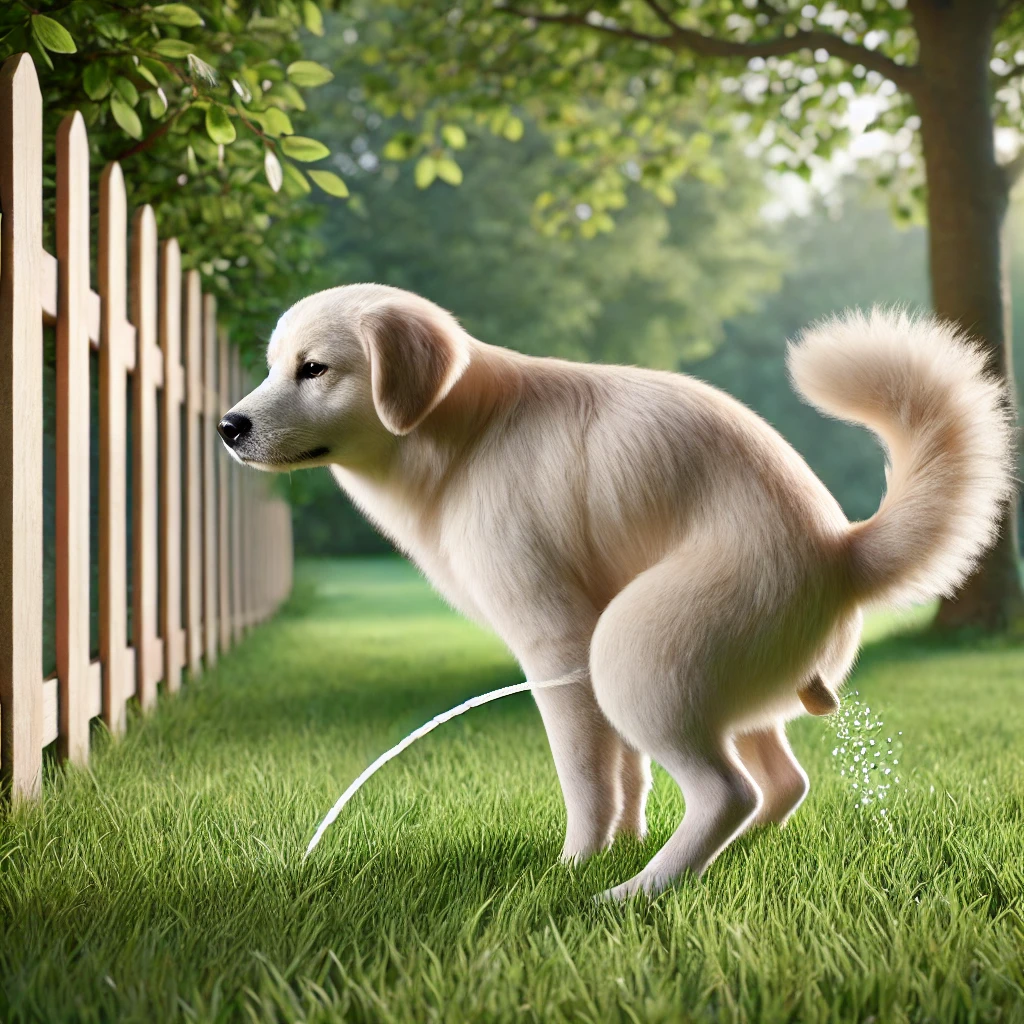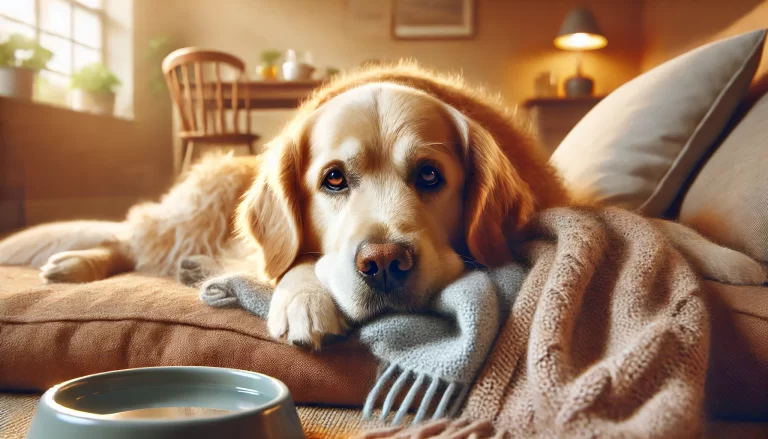How Long Can a Dog Go Without Peeing?
As a responsible pet owner, you might have wondered: how long can a dog go without peeing? Whether you’re planning a long road trip, adjusting your dog’s bathroom schedule, or just concerned about their health, it’s crucial to understand their urinary needs. In this article, we’ll explore how long dogs can hold their bladder, factors that affect their urination habits, and signs that indicate a potential health issue.
How Often Do Dogs Need to Pee?
The frequency of urination in dogs depends on various factors, including age, size, diet, and overall health. On average, a healthy adult dog will urinate 3 to 5 times per day, while puppies and senior dogs may need to relieve themselves more frequently.
General Guidelines for Urination Frequency:
- Puppies (under 6 months old): Every 1-2 hours
- Adult dogs (1-7 years old): Every 6-8 hours
- Senior dogs (8+ years old): Every 4-6 hours
If a dog is left without access to a bathroom break for too long, it can cause discomfort and potentially lead to urinary tract infections or bladder stones.
How Long Can a Dog Hold Its Bladder?
A dog’s ability to hold its urine depends on several factors:
1. Age and Bladder Capacity
- Puppies have smaller bladders and weaker muscle control, meaning they typically can’t hold their urine for more than 2-3 hours.
- Adult dogs can generally hold their bladder for 8-10 hours, but this should not become a routine. Holding urine for extended periods can lead to health complications.
- Senior dogs may struggle to hold their bladder due to age-related issues and may need more frequent bathroom breaks.
2. Size and Breed
Smaller dog breeds tend to have smaller bladders, meaning they need to pee more often. Larger breeds have bigger bladder capacities and can hold their urine for longer periods.
3. Hydration and Diet
A dog that drinks a lot of water or eats moisture-rich food will need to urinate more frequently. Dehydration, on the other hand, can reduce urination frequency, which is a potential health concern.
4. Health Conditions
Certain medical issues, such as urinary tract infections (UTIs), diabetes, kidney disease, or bladder stones, can increase the frequency of urination. If your dog is suddenly peeing less frequently or struggling to urinate, it’s essential to consult a veterinarian.
Is It Harmful for a Dog to Hold Its Pee for Too Long?
Yes, holding urine for extended periods can be harmful to your dog’s health. Here are some risks associated with infrequent urination:
1. Urinary Tract Infections (UTIs)
When urine stays in the bladder for too long, bacteria can multiply, leading to a painful urinary tract infection. Signs of a UTI include frequent urination, straining, and blood in the urine.
2. Bladder Stones
Mineral deposits in urine can form bladder stones, which may cause pain, blockages, or difficulty urinating.
3. Kidney Damage
Long-term retention of urine can put strain on the kidneys, increasing the risk of kidney disease or infections.
4. Bladder Stretching or Weakness
If a dog repeatedly holds its pee for too long, the bladder muscles may weaken, leading to incontinence or leakage issues in the future.
What Should You Do If Your Dog Hasn’t Peed for a Long Time?
If you notice that your dog hasn’t urinated for more than 12-24 hours, you should take immediate action:
- Encourage hydration: Offer fresh water to ensure your dog is drinking enough.
- Take your dog outside: Sometimes, a simple walk or a new environment can encourage urination.
- Check for signs of discomfort: If your dog is straining to pee or appears in pain, they might have an underlying health issue.
- Contact a veterinarian: If your dog still hasn’t peed within 24 hours, consult a vet immediately to rule out serious conditions.
Tips for Ensuring Your Dog Gets Enough Bathroom Breaks
- Stick to a schedule: Establish a consistent potty routine that suits your dog’s needs.
- Provide access to outdoor areas: If you’re away for long hours, consider a dog walker or a pet-friendly indoor potty.
- Monitor water intake: Ensure your dog stays hydrated but doesn’t overconsume water before bedtime.
- Recognize bathroom signals: Signs like pacing, whining, or sniffing around may indicate your dog needs to go outside.
Final Thoughts
Understanding your dog’s bathroom needs is essential for their comfort and overall health. While most adult dogs can hold their pee for 8-10 hours, it’s always best to provide regular bathroom breaks. Holding urine for too long can lead to discomfort and severe health problems, including UTIs, kidney damage, and bladder stones. If your dog hasn’t peed for more than 12-24 hours, seek veterinary attention immediately.
By following a consistent bathroom routine and paying attention to your dog’s hydration levels, you can ensure they remain happy and healthy. If you have any concerns about your dog’s urination habits, don’t hesitate to consult your veterinarian for guidance.






